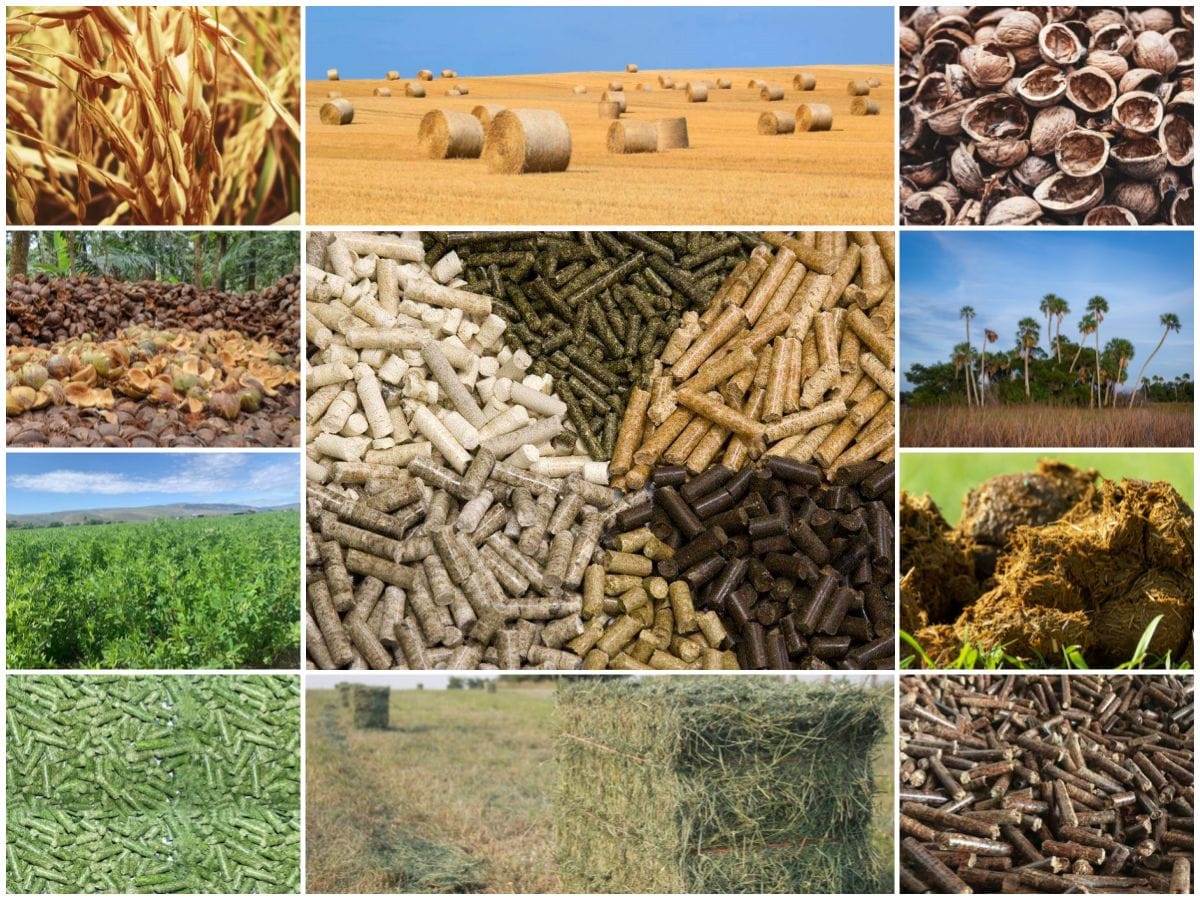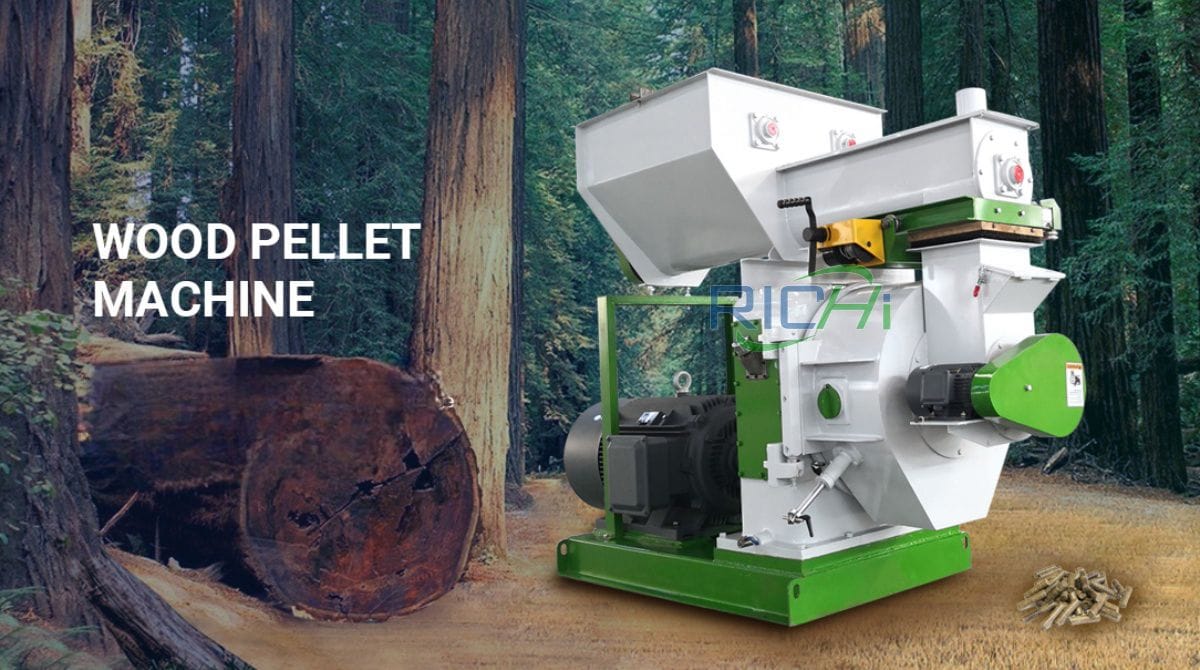Establishing a 2 tons per hour (T/H) wood pellet production line in France requires careful planning and execution. France, with its commitment to renewable energy and abundant forest resources, presents an excellent opportunity for wood pellet production. This article outlines the essential processes involved in setting up such a facility, taking into account French regulations and market demands.
1. Project Planning and Feasibility Study
The first step is to conduct a comprehensive feasibility study, which should include:
- Market analysis of wood pellet demand in France and potential export markets
- Assessment of raw material availability and supply chain logistics
- Evaluation of potential locations, considering proximity to raw materials and target markets
- Financial projections and ROI analysis
- Regulatory review, including environmental impact assessments
This phase is crucial for securing funding and ensuring the project’s viability in the French context.
2. Site Selection and Preparation
Once the feasibility study is complete, the next steps involve:
- Selecting an appropriate site, considering zoning laws and local regulations
- Obtaining necessary permits and approvals from French authorities
- Site preparation, including land clearing, leveling, and basic infrastructure development
In France, special attention must be paid to environmental regulations and local community engagement during this phase.
3. Facility Design and Engineering
The design phase includes:
- Developing a detailed layout of the pellet production line
- Engineering plans for buildings and equipment foundations
- Designing utility systems (electrical, water, compressed air)
- Incorporating French safety standards and environmental regulations into the design
It’s advisable to work with local engineering firms familiar with French building codes and industrial standards.
4. Equipment Selection and Procurement
For a 2 T/H production line, key equipment includes:
- Raw material handling and storage systems
- Drying equipment (if processing green wood)
- Grinding/milling machinery
- Pelletizing presses
- Cooling systems
- Screening and quality control equipment
- Packaging systems
When selecting equipment, consider:
- Compatibility with French electrical standards (230V/50Hz)
- Compliance with EU machinery directives
- Energy efficiency to meet French environmental standards
- Scalability for potential future expansion
5. Construction and Installation
This phase involves:
- Building construction or modification of existing structures
- Installation of production equipment
- Setting up utility connections
- Implementing dust control and fire safety systems
It’s crucial to work with contractors familiar with French construction standards and industrial safety regulations.
6. Raw Material Sourcing and Preparation
Establish a reliable supply chain for raw materials, which may include:
- Agreements with local sawmills for sawdust and wood shavings
- Contracts with forestry companies for wood chips or low-grade timber
- Setting up a wood yard for raw material storage and initial processing
Ensure that all raw materials meet sustainability criteria, which is particularly important in the French market.
7. Process Integration and Optimization
Once equipment is installed, the focus shifts to integrating the various components of the production line:
- Setting up material flow from receiving to final packaging
- Calibrating equipment for optimal performance
- Implementing quality control measures at various stages of production
- Fine-tuning the process to meet French and EU pellet quality standards (e.g., ENplus certification)
8. Automation and Control Systems
Implement a comprehensive control system to manage the entire production process:
- Installing sensors and monitoring equipment
- Setting up a central control room
- Implementing production management software
- Ensuring compliance with French data protection and industrial automation standards
9. Testing and Commissioning
Before full-scale production begins:
- Conduct thorough testing of all equipment and systems
- Perform trial runs to ensure product quality meets French standards
- Obtain necessary certifications for the production facility and products
- Train staff on equipment operation and safety procedures
10. Environmental Compliance and Sustainability Measures
Given France’s strong focus on environmental protection:
- Implement dust collection and air filtration systems
- Set up wastewater treatment facilities if required
- Establish energy management systems to optimize efficiency
- Consider renewable energy integration, such as solar panels, to power part of the facility
11. Quality Assurance and Certification
To compete in the French and European markets:
- Implement rigorous quality control procedures
- Obtain ENplus certification for wood pellets
- Consider additional certifications like ISO 9001 for quality management
12. Logistics and Distribution Planning
Develop a comprehensive plan for product distribution:
- Set up storage facilities for finished products
- Establish relationships with transportation companies
- Consider both domestic French market distribution and potential exports to other EU countries
13. Marketing and Customer Relations
Prepare for market entry:
- Develop marketing strategies tailored to the French market
- Establish customer service protocols
- Set up systems for order processing and fulfillment
14. Compliance with French Labor Laws
Ensure all employment practices comply with French labor regulations:
- Implement proper work schedules and break times
- Set up appropriate health and safety measures
- Provide necessary training and personal protective equipment
15. Ongoing Monitoring and Improvement
After launch, focus on continuous improvement:
- Regularly assess production efficiency and product quality
- Stay updated on changes in French and EU regulations
- Continuously explore ways to reduce environmental impact and improve sustainability
Conclusion
Building a 2 T/H wood pellet production line in France is a complex process that requires careful planning and execution. It involves not only the technical aspects of setting up the production facility but also navigating French regulations, market demands, and environmental standards.By meticulously following these processes and considering the unique aspects of the French market, a wood pellet production facility can be successfully established.
The key to success lies in thorough planning, adherence to quality standards, and a commitment to sustainability – all of which are highly valued in the French business environment.As France continues to push for renewable energy solutions, a well-executed wood pellet production line can play a significant role in the country’s sustainable energy future, while also potentially serving broader European markets. With the right approach, such a facility can be both environmentally beneficial and economically viable in the long term.










